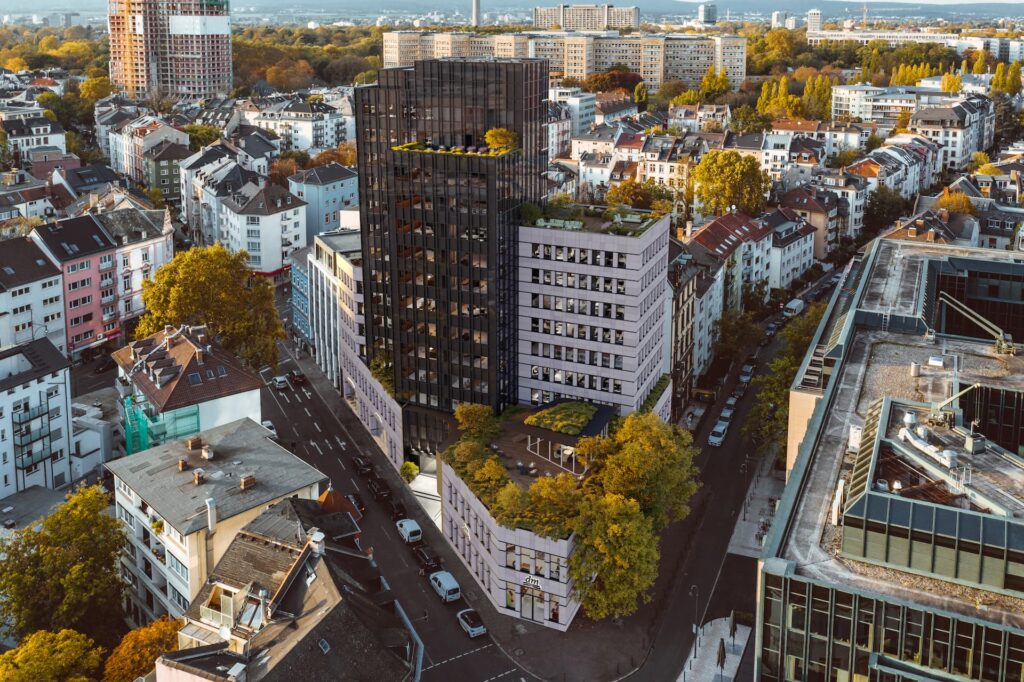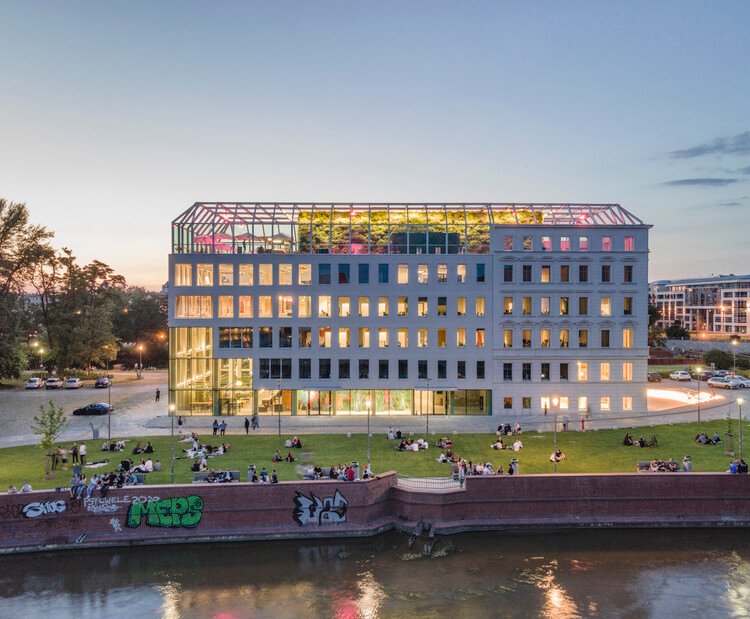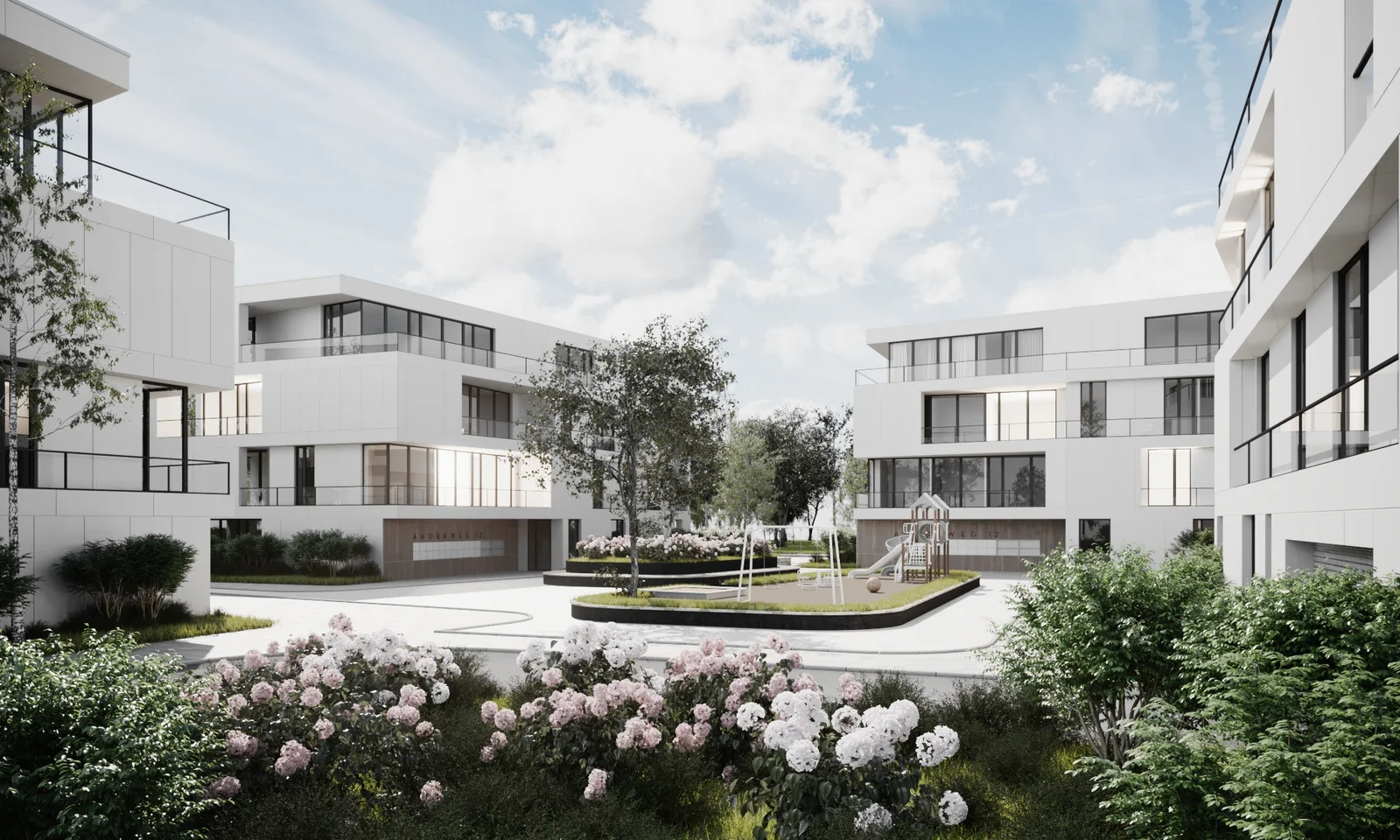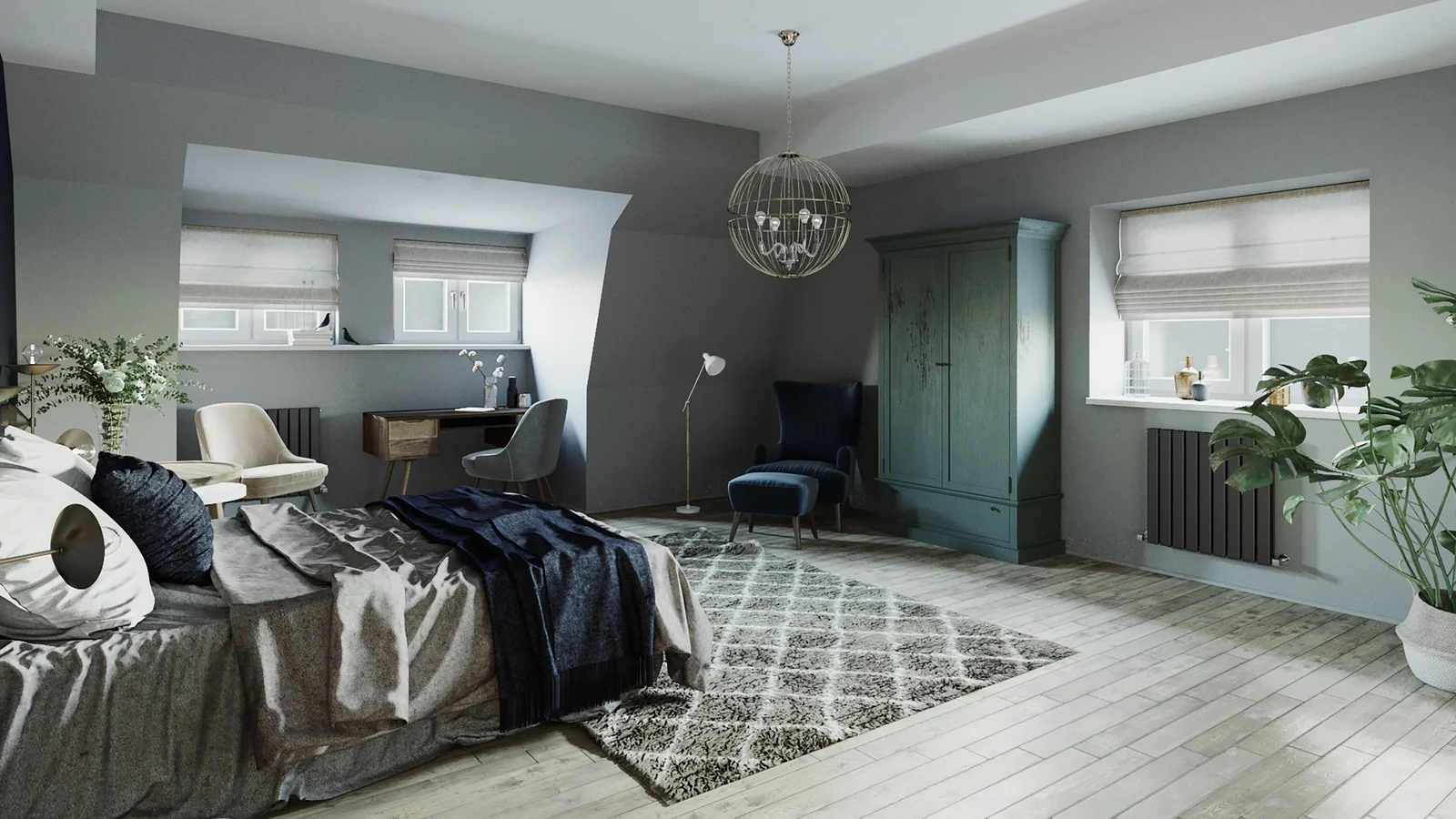Lumion’s New Features for Forest Landscape Visualizations
With the advent of technology, the realm of architectural visualization has been revolutionized, making it more realistic and immersive than ever before. Among all the visualization software available, Lumion has carved a niche for itself by providing an array of exceptional features. The latest version, Lumion 11, is a testament to this, especially when it comes to forest landscape visualization. This blog post will delve into the new features that Lumion 11 offers for forest landscape visualizations.
Orchestrating the Symphony of Nature with Lumion 11
Lumion 11 comes with several new features designed to take your forest landscape visualizations to the next level. From enhanced materials to improved object placement, Lumion 11 opens up a plethora of possibilities for architects and designers alike.
Enhanced Materials for Realistic Visualizations
One of the standout features of Lumion 11 is the enhanced materials. With this upgrade, you can now add a more realistic touch to your forest landscape visualizations. Lumion 11 offers high-definition materials that can replicate the natural textures found in a forest, such as the rough bark of a tree or the soft moss on a rock. This level of detail allows architects and designers to create a more immersive and realistic visualization.
Improved Object Placement for Natural Scenery
Another significant feature that Lumion 11 introduces is the improved object placement. This feature allows users to place objects in their visualizations with greater precision and ease. Whether you want to place a cluster of trees or arrange rocks along a riverbed, the improved object placement feature makes it possible to do so with just a few clicks. This not only saves time but also ensures that your forest landscape visualizations look as natural as possible.
##H2: Lumion’s New Enhancements for Forest Landscape Visualizations
###H3: Advanced Tree and Plant Models
The latest update of Lumion has significantly increased the variety of tree and plant models available for use in forest landscape visualizations. This feature allows architects and designers to create more realistic and diverse forest landscapes. Whether you’re designing a dense, tropical rainforest or a sparse, arid desert landscape, Lumion’s extensive library of tree and plant models will meet your needs.
Additionally, Lumion has improved the level of detail and realism in its tree and plant models. These new models feature higher resolution textures and more accurate representations of real-world species. This means your forest landscape visualizations will not only be more varied but also more realistic.
###H3: Enhanced Lighting and Shadow Effects
Lighting and shadows are crucial elements in any visualization. They can dramatically affect the mood and atmosphere of a scene. Recognizing this, Lumion has introduced enhanced lighting and shadow effects in its latest update.
The new lighting system allows for more precise control over light intensity, color, and direction. This can add depth and realism to your forest landscape visualizations, making them more immersive and engaging. Similarly, the improved shadow effects can contribute to a more dynamic and visually stunning scene. Lumion’s new shadow effects are more accurate and lifelike, helping to ground objects in the scene and giving the overall visualization a more cohesive look.
###H3: Increased Terrain Detail and Customizability
When creating a forest landscape visualization, the terrain is just as important as the trees and plants. The terrain sets the stage for the scene and can greatly influence the overall aesthetics of the visualization. In the latest Lumion update, the terrain system has been revamped to offer increased detail and customizability.
Lumion now supports a larger range of terrain types, from rocky mountainsides to sandy beaches. This allows you to create a wider variety of forest landscapes. The terrain system also features improved texturing and detailing, resulting in more realistic and visually appealing terrain.
Furthermore, Lumion has introduced a new terrain customization tool. This tool allows you to sculpt and shape the terrain to your liking, giving you more control over the look and feel of your forest landscape visualizations. Whether you want to create rolling hills or steep cliffs, Lumion’s new terrain customization tool makes it possible.
By introducing these new features, Lumion continues to push the boundaries of what’s possible in forest landscape visualizations. With its advanced tree and plant models, enhanced lighting and shadow effects, and increased terrain detail and customizability, Lumion is setting a new standard for architectural visualization software.##H2: Lumion’s New Enhancements for Forest Landscape Visualizations
###H3: Advanced Tree and Plant Models
The latest update of Lumion has significantly increased the variety of tree and plant models available for use in forest landscape visualizations. This feature allows architects and designers to create more realistic and diverse forest landscapes. Whether you’re designing a dense, tropical rainforest or a sparse, arid desert landscape, Lumion’s extensive library of tree and plant models will meet your needs.
Additionally, Lumion has improved the level of detail and realism in its tree and plant models. These new models feature higher resolution textures and more accurate representations of real-world species. This means your forest landscape visualizations will not only be more varied but also more realistic.
###H3: Enhanced Lighting and Shadow Effects
Lighting and shadows are crucial elements in any visualization. They can dramatically affect the mood and atmosphere of a scene. Recognizing this, Lumion has introduced enhanced lighting and shadow effects in its latest update.
The new lighting system allows for more precise control over light intensity, color, and direction. This can add depth and realism to your forest landscape visualizations, making them more immersive and engaging. Similarly, the improved shadow effects can contribute to a more dynamic and visually stunning scene. Lumion’s new shadow effects are more accurate and lifelike, helping to ground objects in the scene and giving the overall visualization a more cohesive look.
###H3: Increased Terrain Detail and Customizability
When creating a forest landscape visualization, the terrain is just as important as the trees and plants. The terrain sets the stage for the scene and can greatly influence the overall aesthetics of the visualization. In the latest Lumion update, the terrain system has been revamped to offer increased detail and customizability.
Lumion now supports a larger range of terrain types, from rocky mountainsides to sandy beaches. This allows you to create a wider variety of forest landscapes. The terrain system also features improved texturing and detailing, resulting in more realistic and visually appealing terrain.
Furthermore, Lumion has introduced a new terrain customization tool. This tool allows you to sculpt and shape the terrain to your liking, giving you more control over the look and feel of your forest landscape visualizations. Whether you want to create rolling hills or steep cliffs, Lumion’s new terrain customization tool makes it possible.
By introducing these new features, Lumion continues to push the boundaries of what’s possible in forest landscape visualizations. With its advanced tree and plant models, enhanced lighting and shadow effects, and increased terrain detail and customizability, Lumion is setting a new standard for architectural visualization software.







